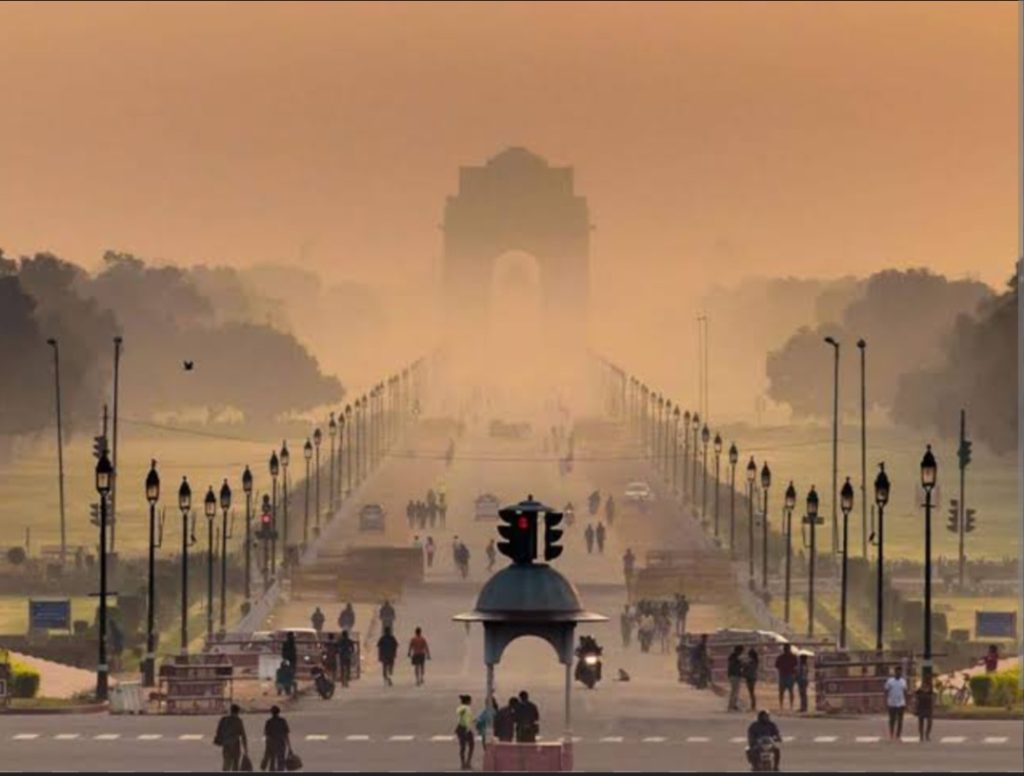
Esther Imonmion
Delhi’s air pollution has surged to dangerously high levels, with PM2.5 concentrations reaching 438 on Wednesday — nearly 30 times above the World Health Organisation’s safe limit and about eight times higher than India’s national average, according to the Central Pollution Control Board. The worsening air quality has prompted authorities to take urgent measures to protect public health.
In response to the severe air pollution, schools in the capital have been instructed to run hybrid classes for primary students. Non-essential construction activities have been suspended, and the movement of goods carriers in Delhi and its suburbs has been restricted to curb further pollution.
On Tuesday, stage three of the Graded Response Action Plan (GRAP) was enforced. The measures include a ban on mining and stone-crushing activities and the movement of vehicles carrying dust-generating materials — all aimed at controlling the escalating air pollution in the city.
Doctors have warned residents, especially children and the elderly, to avoid outdoor activities and wear protective masks if stepping outside is unavoidable. Toxic air quality is a recurring problem in Delhi and northern India during winter, driven by low wind speeds, vehicle emissions, industrial pollution, falling temperatures, and the seasonal burning of crop stubble in neighbouring states.
The worsening air pollution has also sparked public protests and a political row. Saurabh Bhardwaj, a leader of the opposition Aam Aadmi Party (AAP), accused the Delhi government of “manipulating” air quality data and failing to protect public health, calling for a public health emergency.
The Bharatiya Janata Party (BJP)-ruled Delhi government denied the allegations. Chief Minister Rekha Gupta said her administration is working “with full seriousness and promptness towards pollution control.”
Delhi Environment Minister Manjinder Singh Sirsa also dismissed claims of data manipulation, telling Hindustan Times that air quality data is publicly available and that water sprinkling near monitors was carried out only to reduce dust, not to alter readings.
As air pollution continues to threaten public health, authorities and residents alike face growing pressure to tackle the city’s toxic winter smog.
